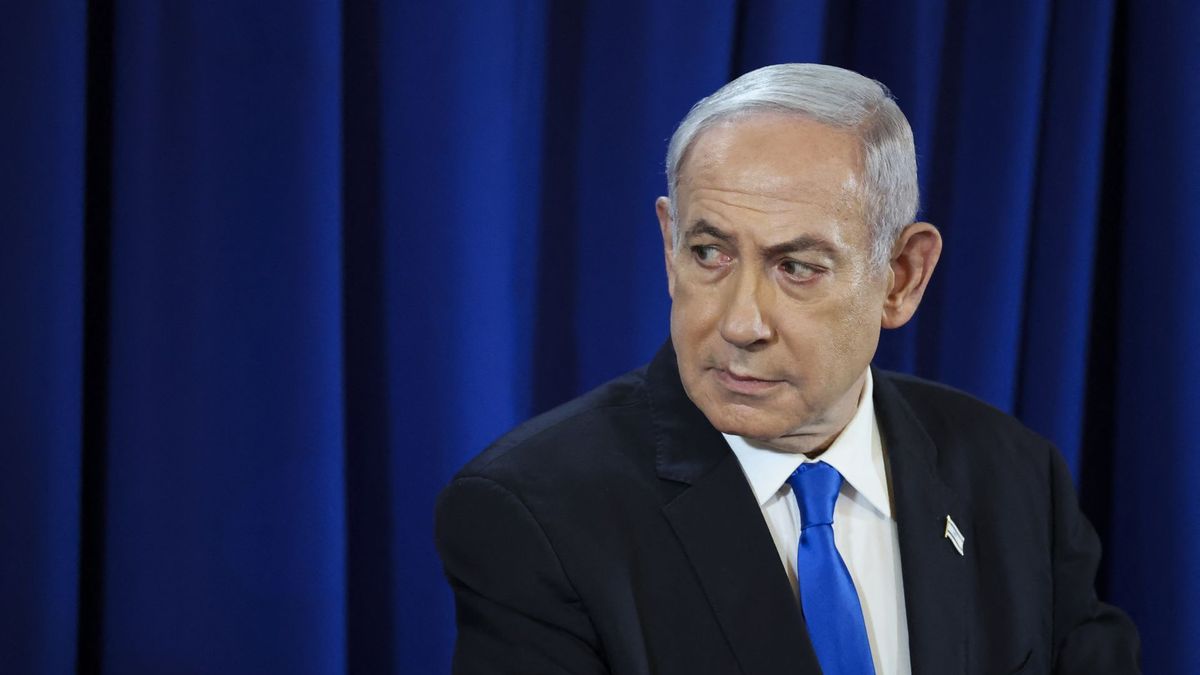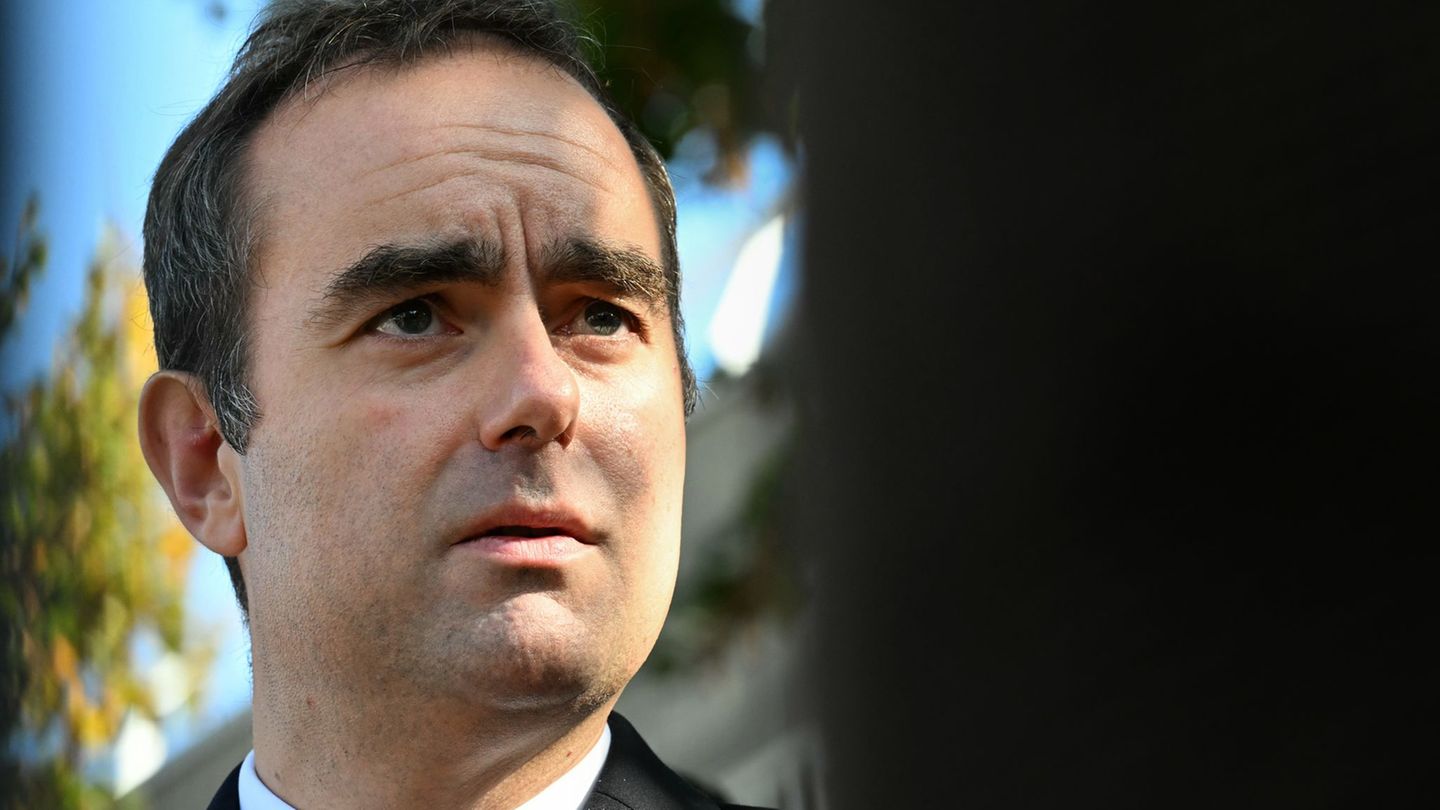Prime Minister Mohammed al Jalali has said he is willing to support continued government in the Arab nation. This comes just 12 days after The Islamist militant group Hayat Tahrir al-Sham (HTS) and allied factions will launch an intense offensive in the northwest of the country.
The rebels first captured Aleppo, the country’s second-largest city, and then advanced south along the highway toward the capital as the Syrian army collapsed.
During the early hours of this Sunday, the streets of Damascus, a city with millennia of history, became the scene of a political change when rebel forces, led by the Islamist group HTS They entered the Syrian capital. The lack of support from Russia was decisive for the regime Bashar al-Assad.
Bashar Al Assad
Bashar Al Assad
Who is Bashar Al Assad
There are many moments that have marked the life of Bashar al Assad, but perhaps the most notable was a traffic accident that occurred in 1994, thousands of kilometers from where he lived at the time.
In that accident near Damascus, his older brother, Bassel, died, and that would change the life of Bashar, who was then studying Ophthalomology in London and whom no one had thought of inheriting the power of his father, Hafez al Assad, then president of Syria.
After Bassel’s death, plans to prepare Bashar to take power in Syria accelerated.
His father’s legacy in the Al Assad dynasty
Bashar was born in 1965 to the couple Hafez al Assad and Anisa Makhlouf. That was a time full of dramatic events in Syria and the Middle East in general. Arab nationalism dominated regional politics in Syria and other countries in the region.
The Baath party had seized power after the failure of the short-lived union between Egypt and Syria between 1958 and 1961, and promoted an Arab nationalist message. Like most Arab states at the time, Syria was not a multi-party democracy.
The Alawite community, to which the Assads belong, was one of the worst treated in Syria and economic hardship had pushed many of its members to join the Syrian army.
Hafez al Assad, a stalwart of the Baath party who would become Minister of Defense in 1966, managed to rise within its ranks.
Hafez gained power and in 1971 became president of Syria, a position in which he would die in the year 2000. His resistance in power contrasted with the dominant trend in the history of independent Syria, which had experienced several military coups and changes of government. government.
Al Assad Sr. ruled the country with an iron fist. He crushed the opposition and rejected the holding of free elections. In foreign policy, he followed a pragmatic line. It first aligned itself with the Soviet Union, but in the 1991 Gulf War it joined the US-led coalition against Saddam Hussein’s Iraq.
From medicine to London
Bashar had chosen a very different path, far from politics and the army. He wanted to study Medicine. After graduating from University in Damascus, he moved to the United Kingdom in 1992 to specialize in ophthalomology at the Western Eye Hospital in London.
According to the documentary “The Assads, a Dangerous Dynasty,” Bashar had a good time in the British capital. He enjoyed listening to the music of Phil Collins and admired aspects of Western culture.
In London he met the woman who would become his wife, Asma al Akhras. She was studying computer science and was later admitted to an MBA program at Harvard University.
Bashar was the second son of Hafez and his older brother was seen by most observers as the “heir apparent” to Hafez’s power..
But Bassel’s death radically changed the course of Bashar’s life, and he was immediately summoned to Damascus to begin his preparation as a potential successor to his father’s power.
So Bashar joined the army and began to forge his public image in preparation for the role he knew history had in store for him.
The rise to power in Syria
Hafez al Assad died in June 2000 and his son Bashar, who was then 34 years old, was proclaimed president after a constitutional change that lowered the minimum age of 40 to hold the position in force until then.
The new president was sworn in in the summer of 2000, introducing a new tone. He talked about things like “transparency, democracy, development, modernization, accountability and institutional thinking.”
A few months after being named president, he married Asma al Akhras, with whom he would have three children: Hafez, Zein and Karim.
At first, the new president’s rhetoric and his messages about political openness and freedom of the press They gave hope to many Syrians. His leadership style, together with Asma’s Western education, made her believe in a new era of change.
Syria would experience a brief period of open debate and relative freedom of expression known as the Damascus Spring, but by 2001 The security forces had resumed their practices of mass arrests and repression.
While Bashar introduced limited economic reforms to encourage private activity, in the first years of his presidency the figure of his cousin Rami Makhlouf emerged, who established an empire that, according to his critics, he owed to his connections with power.
Source: Ambito
David William is a talented author who has made a name for himself in the world of writing. He is a professional author who writes on a wide range of topics, from general interest to opinion news. David is currently working as a writer at 24 hours worlds where he brings his unique perspective and in-depth research to his articles, making them both informative and engaging.




